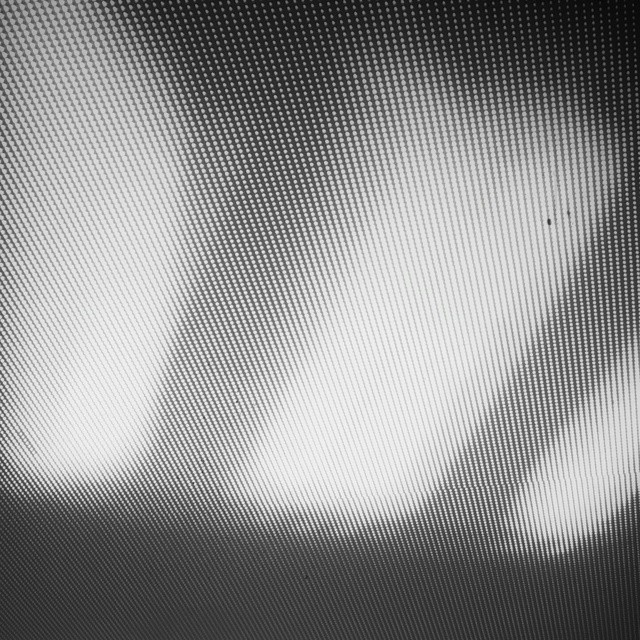
I have not been posting for almost 3 weeks. The reason is that I was finishing to write (or rewrite) some parts of my dissertation. It was sumbitted on friday. This is the raw version without graphic editing.
Today I felt exhausted. It feels good in a way because you feel like you have accomplished something that matters. I think I want my work to make me accomplish things for people. This is what I discovered while writing this dissertation…
I needed to rest this is why I went to La Fondation Cartier pour l’Art Contemporain. It was my first time here. There is a lot of sunlight, everything feels warm. I went there to see the Musings on a Glass Box installation. This is very poetic and it gives you time to rest. The installation is divided into two parts: while in the first room you can follow a bucket with water in it. It’s aim is to collect water drops from the roof. Inside the bucket, you find a camera. Everything is recorded. People in the other room are lying on a long chair with a screen above them. They see everything that’s recorded by the bucket. Each time a water drop falls it created sounds, it modifies the music and create abstract movements on the surface of the water. It deforms the video watched by visitors.




